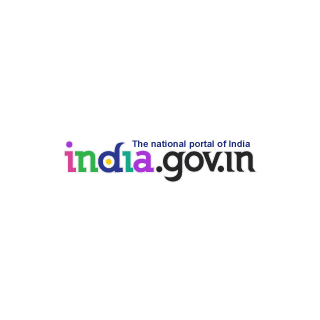Dibang Valley, Arunachal Pradesh, is a district known for its low population density and rich biodiversity. Census recorded a total population of 7,948 with a sex ratio of 808 females per 1000 males. The district is primarily inhabited by the Idu-Mishmi tribe, who have a deep understanding of the local environment and its biodiversity. The district's economy is largely based on agriculture.
Related Links
Related Links
-
Statistical Report Changlang District, Arunachal Pradesh
This section features statistical reports that present comprehensive data on Changlang district’s socio-economic conditions. It includes statistics on population, agriculture, education, health, and infrastructure, serving as a key reference for government agencies, researchers, and policymakers involved in regional planning and development.
-
Profile Papum Pare District, Arunachal Pradesh
The district profile offers an overview of Papum Pare’s geography, history, culture, administrative structure, and key socio-economic indicators. It serves as a comprehensive introduction to the district, aiding researchers, planners, and visitors in understanding the region’s unique features, development status, and governance framework.
-
Disaster Management Plan Changlang District, Arunachal Pradesh
The Disaster Management Plan of Changlang district outlines preparedness strategies, risk assessments, and emergency response mechanisms for various natural and man-made disasters. It ensures coordinated actions by different departments to mitigate impacts and safeguard lives, property, and the environment during calamities.
-
Guidelines Papum Pare District, Arunachal Pradesh
This section provides detailed instructions, standard operating procedures (SOPs), and regulatory measures for various programs and administrative actions in Papum Pare District. The guidelines help in maintaining uniformity in the implementation of government schemes, disaster response, health services, and civic administration. They serve as a crucial reference for government officials and public stakeholders.
-
Profile Changlang District, Arunachal Pradesh
This detailed district profile highlights the geographical, demographic, cultural, and economic attributes of Changlang. It provides an overview of the administrative setup, natural resources, tribal communities, and development indicators, offering valuable insights for citizens, investors, and planners.
-
Notification Papum Pare District, Arunachal Pradesh
Here, users can access all official notices and announcements issued by the Papum Pare District Administration. These notifications cover a wide range of public affairs such as recruitment, departmental changes, policy updates, and public advisories. It ensures timely and authentic communication between the administration and citizens.
-
Nutritional Kitchen Garden Beneficiaries List Changlang District, Arunachal Pradesh
The "Nutritional Kitchen Garden Beneficiaries List" for Changlang District, Arunachal Pradesh likely refers to a list of individuals or households who are participating in a scheme to establish and maintain kitchen gardens to improve their access to fresh, nutritious food. These gardens are part of a broader initiative to enhance self-sufficiency, improve dietary diversity, and potentially generate income through surplus produce. The scheme...
-
Guidelines Shi Yomi District, Arunachal Pradesh
This category provides official guidelines for implementing district-level schemes, regulations, and public welfare activities in Shi Yomi District. These documents help standardize processes across departments and offer clear instructions to ensure effective execution of policies and programs.
-
NERCORMP Baneficiaries List Changlang District, Arunachal Pradesh
The NERCORMP (North Eastern Region Community Resource Management Project) beneficiaries list for Changlang District, Arunachal Pradesh, details individuals and communities who have received support and assistance through various project interventions aimed at improving livelihoods and resource management in the region. These interventions, often focused on agriculture, horticulture, and other income-generating activities, are designed to...





